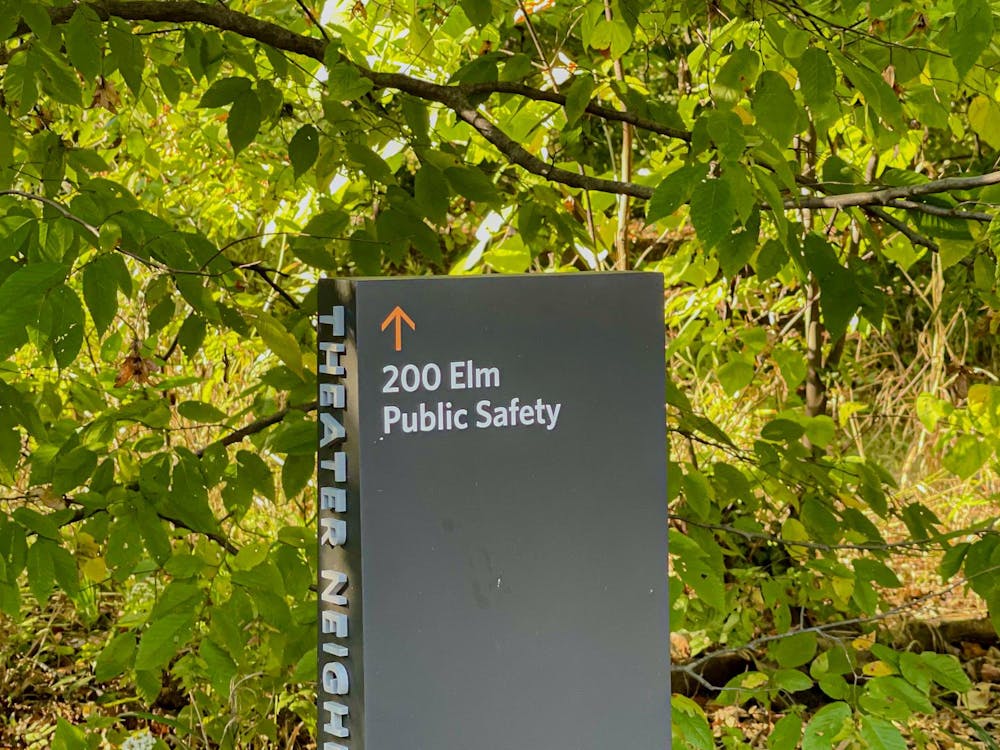Architect Maya Lin presented a lecture discussing her past and present projects at Richardson Auditorium on Tuesday. Lin is most well known for designing the Vietnam Veterans Memorial in Washington, D.C.
The memorial design was famously intended for a class project while Lin was an undergraduate student at Yale University, but she submitted the proposal to public competition held for the memorial’s creation in 1981.
“Maybe it [submitting the design] was about the honesty,” Lin said, “about facing up to the individuals lost and not letting the politics override that lost.”
One of the ways that Lin incorporated the individual in her work was in making the memorial a personal experience through the use of small text, she said. The text size of the Vietnam Memorial is less than half an inch, leading to an experience for the viewer which Lin likened to reading a book.
“You’re actually asking people to read that book in a very private way even though you are actually very public,” she explained.
Lin also designed the Civil Rights Memorial in Montgomery, Ala. The idea for the memorial was prompted by Lin’s desire to commemorate the time period in history, particularly because it was not yet incorporated in the national curriculum, she said.
“Obviously no history is purely objective and every way we shape it every way we present it is going to present a different way of looking at it,” she explained.
Ecology and preservation have been the focus of Lin’s later designs, with her more recent sculptures incorporating the ground and simulated natural forms, such as waves and the topology of land forms.

For the bicentennial of the Lewis and Clark expedition, Lin worked on the Confluence Project, a memorial more than 300 miles long between where the Columbia River flows in the Pacific Ocean and Clarkston, Wash. This project included linking the existing trail to the culture of Native American tribes, as well as restoring grasses and dunes that had been covered by parking lots and other forms of infrastructure over the years.
Lewis and Clark’s writings “gave us amazing insight into what the place was like exactly 200 years ago,” Lin said, noting that she incorporated the area’s history and Lewis and Clark’s journal entries into several art instillation sites.
“So today, you can take a path to the ocean and on it is intertwined their whole summary of their entire travels,” Lin said. “What you realize as you now walk to the ocean [is that] you are walking through many people’s homelands.”
Lin said she is currently working on her fifth and “last” memorial. A project that she began three years ago, “What Is Missing” is a multimedia collection that includes video displays around the world, a book and the website whatismissing.net.

“It asks the question: Can we make a memorial that can take different forms in different places?” Lin said. “Can it be not seen as a singular, lone entity, but what if I could make a memorial that could jump form and become site specific?” The project presents the statistics of environmental issues as well as provides suggestions on how humans can reduce their impact on the environment.
Lin was invited to speak as a as a part of the Memory and the Work of Art Distinguished Lecture Series, which is a part of a year of exhibitions, concerts, performances and lectures at the University that mark the 10-year anniversary of September 11, 2001.







